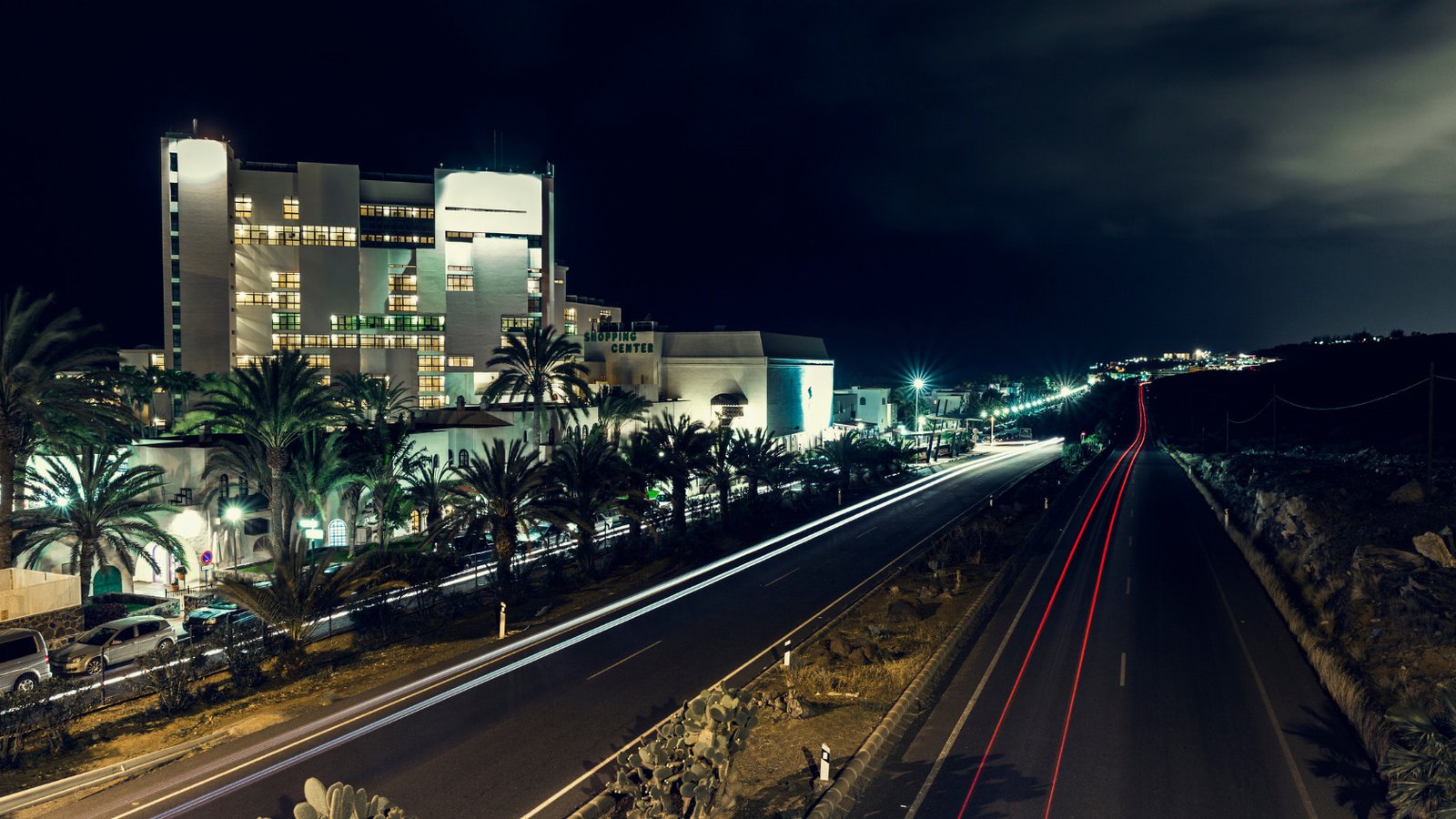In the world of architectural design, advancements in LED technology have sparked a revolution in the way buildings are illuminated. No longer limited to static façades, LED lighting now empowers architects and designers to create dynamic and immersive visual experiences that redefine the relationship between light and architecture. In this article, we will explore how LED technology is transforming buildings into living works of art, captivating the senses and enchanting viewers with its magical interplay.


The Evolution of Architectural Illumination:
Gone are the days of traditional lighting methods that relied on static fixtures and limited color options. With the advent of LED technology, buildings can now become canvases of light, capable of displaying a symphony of colors and patterns. LEDs offer a wide range of colors, brightness levels, and programmable capabilities, enabling architects to unleash their creativity and breathe life into their designs.
Dynamic Visual Displays:
One of the most remarkable aspects of LED technology is its ability to create dynamic visual displays that captivate and inspire. Imagine a city skyline that transforms as night falls, telling stories and evoking emotions through a choreographed dance of light. With LEDs, buildings can now communicate and interact with their surroundings, becoming vibrant expressions of artistic vision.
Pushing the Boundaries of Creativity:
LED lighting has become a powerful tool for architects and designers to push the boundaries of creativity. They can experiment with innovative lighting concepts, exploring the interplay of light and shadow, experimenting with gradients, and creating captivating visual effects. LEDs offer flexibility and control, allowing architects to manipulate and transform spaces in ways that were once unimaginable.
Transforming Structures into Living Works of Art:
LED technology has elevated buildings from mere structures to living works of art. Facades come alive with dynamic lighting installations, highlighting architectural features, and enhancing the overall aesthetic appeal. LED lighting can accentuate curves, lines, and textures, revealing the true essence of a building’s design. It blurs the boundaries between art and architecture, offering a new canvas for creative expression.
The Enchantment of Light and Architecture:
The magical interplay between light and architecture is an enchanting experience that leaves a lasting impression. LED technology has the power to create immersive environments, transporting viewers into a realm where imagination takes flight. It evokes emotions, sets moods, and creates unforgettable moments that linger in our memories.
LED technology has revolutionized the field of architectural illumination, opening up endless possibilities for creativity and expression. With its dynamic capabilities, vibrant colors, and programmable features, LED lighting has transformed buildings into living works of art. The interplay of light and architecture creates enchanting experiences that captivate viewers and breathe life into our urban landscapes. As we continue to embrace the magic of LED technology, the future of architectural illumination shines brighter than ever before.
Illuminating Architecture: The Transformative Power of PEC Lighting’s LED Technology
In the world of architectural design, PEC Lighting is at the forefront of innovation as a manufacturer of LED lighting solutions for both indoor and outdoor spaces. With advancements in LED technology, PEC Lighting has become a driving force in transforming buildings into mesmerizing works of art. In this article, we will explore how PEC Lighting‘s LED technology is revolutionizing architectural illumination, allowing architects and designers to unleash their creativity and create captivating visual experiences.